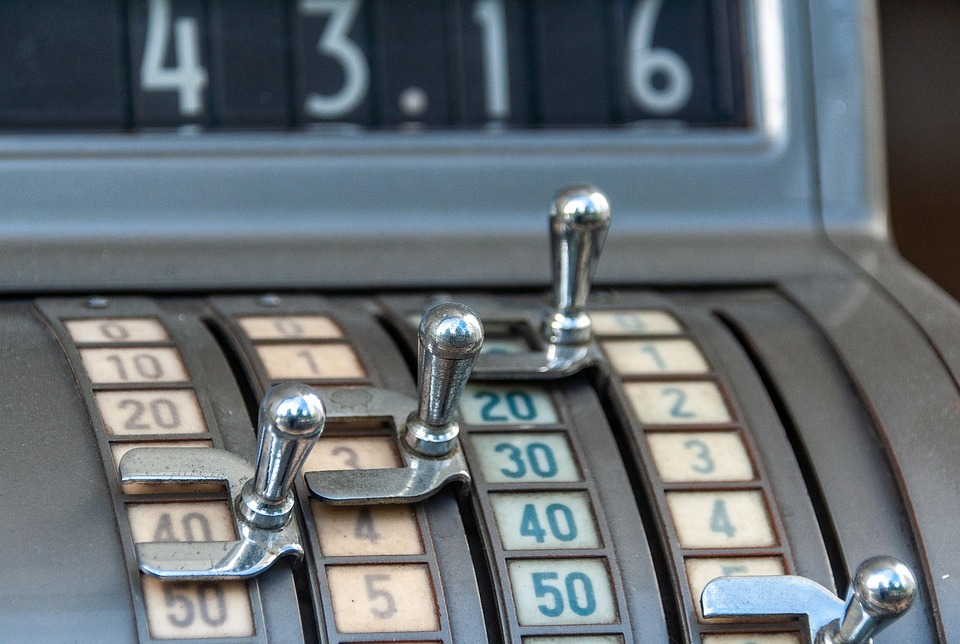Budgeting Basics: How to Take Control of Your Spending
In today’s fast-paced world, managing your finances can often feel overwhelming. However, with a solid budgeting plan, you can take control of your spending and pave the way for a more secure financial future. Here are some essential steps to help you get started with budgeting.
Understand Your Income
The first step in creating a budget is to understand how much money you have coming in each month. This includes your salary, any side gigs, rental income, or other sources of revenue. Make sure to consider your net income (the amount you take home after taxes and deductions), as this is the actual amount available for spending and saving.
Track Your Expenses
Once you have a clear picture of your income, it’s time to track your spending. Keep a record of all your expenses for at least a month. This includes fixed expenses such as rent and utilities, as well as variable costs like groceries, entertainment, and dining out. You can use budgeting apps, spreadsheets, or even pen and paper—whatever works best for you.
Categorize Your Spending
After tracking your expenses, categorize them into groups. Common categories include housing, transportation, groceries, entertainment, and savings. This will help you identify where your money is going and highlight areas where you may need to cut back.
Set Financial Goals
Setting financial goals is a crucial part of effective budgeting. Determine what you want to achieve, whether it’s paying off debt, saving for a vacation, or building an emergency fund. Having clear goals will motivate you to stick to your budget and make necessary sacrifices.
Create a Realistic Budget
Using the information you’ve gathered, create a budget that reflects your income and expenses while allowing for savings and discretionary spending. Make sure your budget is realistic—it’s better to set achievable goals than to create a restrictive budget that you’ll struggle to maintain.
Monitor and Adjust Your Budget
A budget is not a one-time task; it requires ongoing monitoring and adjustments. Review your spending regularly (monthly is ideal) to see if you’re sticking to your budget. If you find that you consistently overspend in certain categories, reassess and adjust your budget accordingly.
Utilize Budgeting Tools
There are many tools available to help you budget effectively. From mobile apps like Mint and YNAB (You Need A Budget) to simple spreadsheets, find a tool that suits your style and makes tracking your finances easier.
Stay Flexible
Life is unpredictable, and sometimes expenses can arise that throw your budget off course. Whether it’s an unexpected medical bill or car repair, stay flexible and be prepared to adjust your budget as needed. The key is not to get discouraged but to adapt and find solutions.
Celebrate Your Successes
Finally, don’t forget to celebrate your financial milestones! Whether you’ve paid off a credit card or saved a certain amount for a vacation, acknowledging your achievements can keep you motivated and committed to your budgeting journey.
Conclusion
Taking control of your spending through budgeting is a powerful way to improve your financial health. By understanding your income, tracking your expenses, setting goals, and staying flexible, you can create a sustainable budget that works for you. Remember, financial management is a journey—take it one step at a time!



